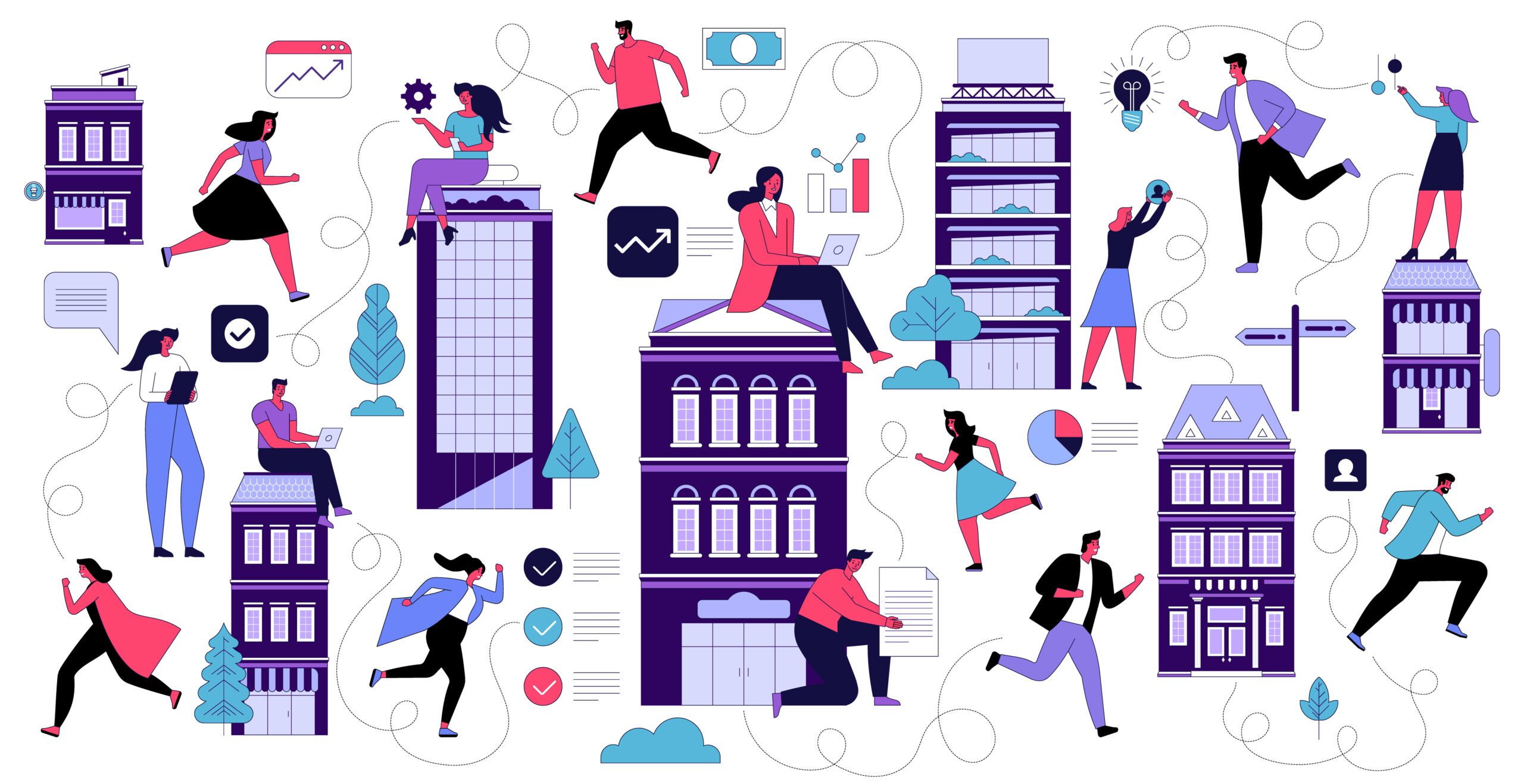About 30 percent of U.S. office workers are still working from home for at least a portion of the workweek. While some companies are moving to a hybrid work model where employees come into the office at least a couple of days a week, many still offer choice and flexibility to work from home. When Elon Musk recently wrote in an email that “anyone who wishes to do remote work must be in the office for a minimum of 40 hours per week or depart Tesla,” his comments sparked outrage. But is Musk being insensitive towards the needs and preferences of his employees or is he simply asking of them what is necessary to sustain a strong corporate culture, continued innovation and superior performance?
There is no doubt that it is harder to mold and sustain a strong corporate culture when the majority of employees are operating remotely. Culture offers a powerful way to keep a company together against the formidable and ever-changing pressures in the external environment. Without culture, a company lacks values, direction, identity and a sense of community and purpose.
It is harder to sustain culture and build solidarity amongst an employee base operating remotely. A sense of community, anchored by a strong culture, builds esprit de corps across the workforce, fosters effective teamwork and enables openness to new ideas. Solidarity amongst employees spurs people to go the extra mile – beyond the formal requirements of a job description – to pursue and accomplish shared organizational objectives. Solidarity also builds a sense of trust up, down and across the organization; and trust enables greater commitment and loyalty to an organization’s goals and purpose.
There are consequences when there is a dramatic drop or near elimination of face-to-face social encounters in the workplace, such as stopping and talking in the halls, chatting before and after meetings, wandering into others’ offices, group lunches out, after-work get-togethers and milestone celebrations. Unplanned conversations between coworkers are not just important enablers of information flows and knowledge transfer throughout an organization, but they also breed familiarity and trust and act as a bonding glue.
Working alongside others facilitates the development of relationships amongst diverse individuals with different life experiences. Although there is conflicting research on the topic, work from home advocates highlight a greater level of productivity achieved by letting employees work exclusively at home. Even if we assume a small boost to short-term productivity may exist, what gets lost in the equation when we eliminate unplanned conversations and impromptu social encounters are solidarity, organizational identify and culture, the loss of which has important negative medium to long term consequences.
Some argue casual workplace conversations and spontaneous social interactions can be simulated using technology, but the outcomes of using these methods to mirror what happens naturally when workers are co-located are far from equivalent. There is an artificiality of a forced connectedness through scheduled interactions using video technology that hinders the genuine development of solidarity. There are simply fewer virtual vehicles available to foster alignment, engagement and inspiration around a company’s mission and vision or to fuel the camaraderie among colleagues that comes from fighting side-by-side and trading battle stories in the trenches.
When puzzle pieces are scattered it can be challenging for employees to see how the individual pieces fit together – how each individual contributes to the whole of the organization’s purpose. It becomes harder to see oneself as part of a broader ecosystem. Individuals operating remotely begin to see themselves more as solo operators rather than members of an organization. They may begin to believe they work primarily for themselves, focusing more on individual goal achievement than on collective or organizational goal achievement.
Personal brand building becomes more important than linking oneself to a corporate identity. Over time, they grow estranged from the organization and co-workers, which can contribute to reduced collaboration, less information sharing and limited idea exchange. A lack of face-to-face socialization in the workplace leads to a decline in overall employee affective interrelatedness which breeds mistrust, gossip and excessive criticism across the remote workforce. I hear this anecdotally from CHROs who are increasingly dealing with the fall-out of the fragmentation and loss of solidarity that accompanies virtual organizations.
At Tesla, like many other companies operating in today’s dynamic and complex environment, innovation requires elaborate and intensive teamwork across functions and geographical locations, a high degree of strategic focus, commitment to a common purpose and universally high-performance standards. Innovation cannot be so easily achieved by isolated operators.
Learning opportunities are reduced when there are fewer sparks ignited by casual face-to-face interaction. There is also research to suggest when individuals are co-located, there is increased creativity and greater commitment to task. For these reasons, I’m less cynical about Musk’s intentions than those who have posted harsh comments online about his lack of sensitivity to the needs of a modern workforce. There is room for improvement in his choice of words and the delivery of the message. But I believe at the root of Musk’s demands lies a sincere interest in building solidarity, sustaining a strong corporate culture and keeping creativity and innovation alive at Tesla. It is simply much harder to do so when work-from-home rules the day.
Recently Google’s CEO Sundar Pichai urged Google employees to “create a culture that is more mission-focused.” Is Google’s recent cry to its workforce a consequence of the loss of solidarity and connection to mission from having gone fully to remote work during and after the pandemic? Pichai also said productivity at Google is lacking and below where it ought to be given the size of the organization, implying the workforce is operating less effectively and with reduced focus. One has to wonder if Google would not need to ask its workforce, “What would help you work with greater clarity and efficiency?” if its workforce had not been dispersed and remote for the better part of two years.
I am not arguing that organizations had a choice during the pandemic to “go remote” and offer workers the option to or even mandate that they work from home. Organizations involuntarily incurred this disruption and are now left dealing with the consequences. Right now, organizations are still operating off of “reserves” of solidarity and the bonding created during the in-office, pre-pandemic days. Those reserves will eventually run dry, though, in the form of a lost sense of culture, community and lack of connection to the mission. And that is the real concern for the medium to longer term.
Is the answer to assume Tesla’s stance, to reverse course and mandate that workers return to the office? It may not be possible for every organization to go back to historical in-office requirements out of fear of turnover or employee dissatisfaction. But before we criticize Musk or any CEO that takes a stand on the issue in favor of employee co-location and on-premise work, it’s important to reflect on what is lost in the equation when everyone is dispersed and remote.
Organizations that maintain remote fully or hybrid work-from-home policies and practices will have to work harder to build and sustain the solidarity and connection to mission that came more naturally in the past. CHROs will need to lead the charge and it won’t be easy. There’s no tested, ready-to-implement template to follow. Organizations haven’t operated this way in the past.
Maybe the solution is a very gradual return to nearly full-time in-office work. Or if hybrid is here to stay, organizations need to rethink how they use existing office space, converting it into centers for social gatherings, mission office days, innovation “jams,” deep teaming experiences, etc. Maybe the metaverse will offer simulated “in-person” experiences akin to the richness of in-office experiences and organizations need to start experimenting there. It’s time to begin the hard work and the experimentation, because what’s happening at Google may be a leading indicator of trouble to come.












